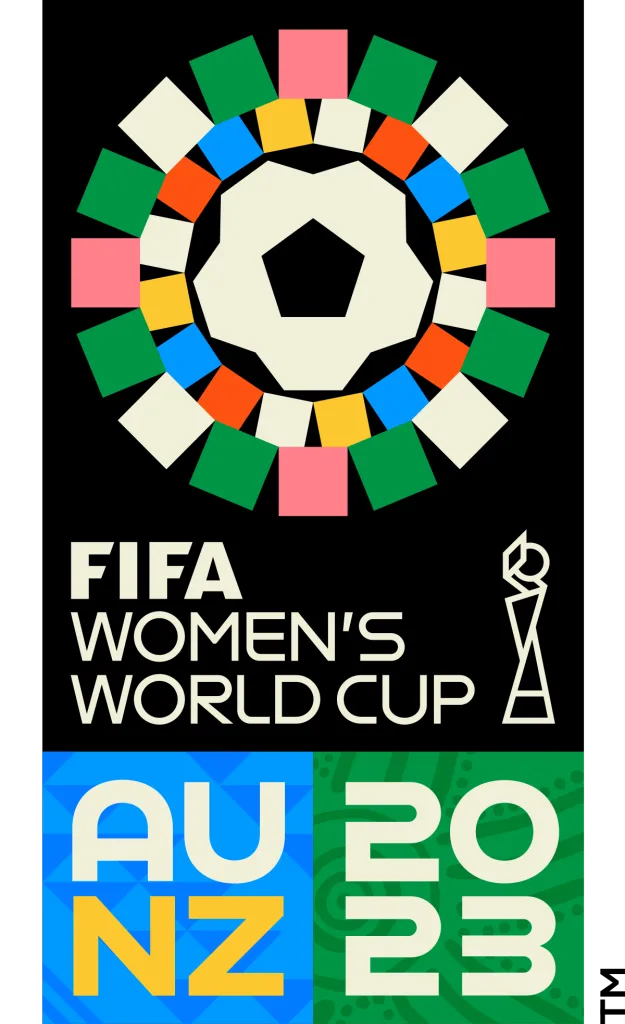
FIFA Women’s World Cup: The Impacts of Expansion
FIFA Women’s World Cup: The Impact of Expansion on Quality and Newcomers’ Performances
FIFA Women’s World Cup’s Expansion to 32 Teams

The FIFA Women’s World Cup (WWC), the pinnacle of women’s soccer, made a significant change in 2023 by expanding its participating teams from 24 to 32. This decision, announced by FIFA president Gianni Infantino, sparked debates about its potential impact on the quality of play. As the tournament got underway in Australia and New Zealand, new countries made their debuts, raising questions about their competitiveness on the world stage.
The Journey of Expansion
The Women’s World Cup has evolved over the years to become the global spectacle it is today. It all started in 1991 with just 12 participating countries. Subsequently, the tournament grew in size, allowing 16 teams to compete in 1999, and then 24 in 2015. The recent expansion to 32 teams aims to provide more opportunities for nations to participate, encouraging the growth of women’s football globally.
Welcoming Newcomers – The FIFA Effect
Infantino celebrated the 32-team expansion, emphasizing that it would encourage more countries to develop their women’s football programs and realistically aim for qualification. In the 2023 Women’s World Cup, eight countries made their debut: the Philippines, Ireland, Zambia, Haiti, Vietnam, Portugal, Panama, and Morocco. Despite not securing victories yet, these newcomers have shown great potential and a commendable level of play.
Debuting Nations Show Grit and Skill
Despite initial concerns about the quality of the new entrants, several matches demonstrated their capabilities. For instance, Haiti ranked 53rd in the world, gave a spirited performance against fourth-ranked England, the reigning European champions. Although England emerged victorious with a narrow 1-0 win, Haiti’s scrappy play and defensive prowess impressed spectators and commentators alike.
Close Contests for Debuting Teams
Other newcomers also put up strong challenges against established powerhouses. Ireland, the Netherlands, Switzerland, and Vietnam all had competitive matches, showcasing their talent and determination. While these countries may not have secured victories, their performances indicated that they indeed belong on the world stage and have the potential to grow as footballing nations.
The Road to Professionalization
With the expansion of the Women’s World Cup, FIFA aims to stimulate the professionalization of women’s football, not just during the tournament but in the years leading up to it. Infantino emphasized that the WWC serves as the top of a larger pyramid that must be built and nourished to strengthen women’s soccer further worldwide. As the sport continues to grow, FIFA remains committed to introducing the game to diverse audiences globally and locally.
Future Prospects
The success of the expanded Women’s World Cup and the promising performances of newcomers suggest that FIFA’s decision to increase the tournament’s size was well-founded. As women’s football continues to gain momentum and recognition, it would not be surprising to witness further expansions in future tournament editions. By providing more nations with the chance to participate, FIFA strives to foster a more inclusive and competitive landscape for women’s soccer on the world stage.














